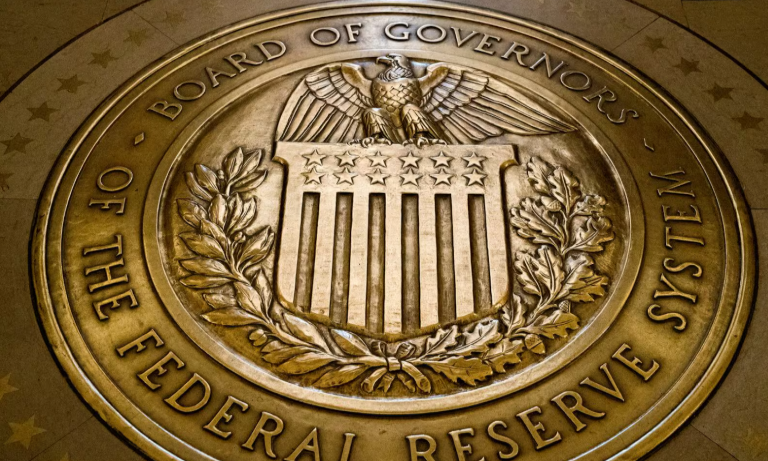U.S. Federal Reserve officials are expected to maintain stable interest rates at their upcoming meeting, providing an opportunity to evaluate the economic impact of President Donald Trump's policies amidst concerns about inflation and growth.
Impact of Trade Policies
Recent tariffs imposed by the Trump administration, along with retaliatory measures from trade partners, have negatively affected consumer confidence and increased inflation expectations. The inconsistent nature of these policies makes it difficult to predict their long-term effects on the economy.
This uncertainty is likely to make policymakers cautious, leading them to adopt a wait-and-see approach.
Diane Swonk, chief economist at KPMG, anticipates varied opinions on future rate cuts due to the prevailing uncertainty.
The Fed's rate decision and updated economic forecasts will be released at 2 p.m. in Washington, followed by a press conference with Chair Jerome Powell.
Expected Statement
While the benchmark interest rate is expected to remain between 4.25% and 4.5%, the post-meeting statement may reflect recent data indicating a slowdown in economic activity. The phrase "solid pace" of economic growth may be removed, although references to an uncertain outlook and balanced risks are likely to remain.
Updated Projections
Since December, the economic landscape has shifted with escalating tariff threats, declining consumer sentiment, and falling stock prices. More policymakers may favor holding rates steady, especially given the unpredictable nature of Trump's trade policies.
Swonk notes the challenge in assessing the potential severity of a trade war and its impact on recession risks.
In December, Fed officials projected two rate cuts for the year. Most economists anticipate that the central bank will continue to signal two reductions for 2025 in the "dot plot." Updated forecasts are expected to show reduced growth estimates and increased inflation projections, potentially accompanied by higher unemployment projections.
Guneet Dhingra from BNP Paribas warns of a potential stagflation scenario and the risk of the Fed focusing more on inflation than the market anticipates.
Bloomberg Economics Insights
"We expect the updated SEP to have a slightly stagflationary flavor. The dot plot could surprise to the hawkish side. The forecasts from the meeting should make it clear the FOMC is unlikely to lean against early signs of labor-market weakening — rather, they’ll wait until the labor market weakens visibly before resuming cuts. That raises the risks of an economic downturn."
— Anna Wong and Chris Collins
Traditionally, the Fed might lower rates to stimulate a slowing economy. However, with inflation still above the 2% target, some economists question whether policymakers will maintain high rates despite economic weakness to curb price increases.
Kathy Bostjancic, chief economist at Nationwide, suggests that the market is anticipating faster and more frequent rate cuts due to growth concerns but does not believe the Fed is ready to signal such a move.
Press Conference Focus
Investors will closely watch Powell's press conference for reassurance that the Fed is prepared to support the economy if needed. Powell has consistently stated that there is no urgency to lower rates while the economy remains stable. He is expected to reiterate that monetary policy is well-positioned, allowing policymakers to await clearer signs of economic weakening or rising inflation.
Powell may face questions regarding the impact of tariffs on inflation and the recent decline in bond yields and stock prices. Analysts will also monitor his assessment of consumer sentiment and inflation expectations.
Balance Sheet Adjustments
The Fed may soon reduce the pace of quantitative tightening or pause it altogether, given concerns about debt-ceiling uncertainty potentially causing Treasury market frictions. Announcements regarding changes to balance-sheet policy are anticipated in the coming months.
Bloomberg News

